The prevailing weather systems during different times of the year, with emphasis on the synoptic conditions which are conducive to the development of strong winds, are discussed in this second part of Understanding the weather in South Africa blog post series.
We will also look at the various Wind climatic zones in South Africa and the Numerical Wind Atlases (NWA) developed for the Wind Atlas for South Africa (WASA) project.
Finally we’ll examine the Weather, Research and Forecasting (WRF) model for South Africa and how the verification tasks performed for the WASA project have shown that the WRF-based NWA gives excellent results at 10 measurement mast locations distributed across different South African locations, making this numerical weather forecast model an excellent resource for paragliding pilots.
The first part of these series can be found here
Prevailing weather systems in South Africa and their influence on strong winds
The seasonal differences in the circulation features of the atmosphere, near the surface of southern Africa and the surrounding oceans, are mainly the result of the northward displacement of the subtropical high pressure belt by almost five degrees latitude from summer to winter. Usually these lower-level anticyclones on land are interrupted once to twice per week by cold-front troughs. Therefore the influences of the subtropical high-pressure belt and the mid-latitude westerlies with associated fronts vary significantly during the course of the year over the subcontinent.
The differences in the circulation features between the seasons, and hence the likelihood of strong winds due to particular circulation features, can be summarized with reference to Hurry and Van Heerden (1987), who gave a detailed overview of the seasonal differences in the atmospheric circulation over southern Africa.
From the pressure distribution and basic movement of air masses, the following are noted with regards to the general synoptic circulation pattern in summer time:

The “Westerlies”, a band of strong westerly winds surrounding the globe in which extratropical low pressure systems develop, is situated well to the south of the continent. This implies that strong winds forthcoming from extratropical cyclones and their associated cold fronts will mostly be limited to the southern parts of the subcontinent.
The Indian Ocean high pressure system is situated more eastward, with frequent strong ridging over the subcontinent, where “ridging” refers to usually strong wind flow spiraling out from a high pressure system. The associated south-eastern Trades (A) influence the north-eastern part of the region. These winds can be strong, curving sometimes from Limpopo Province (L) into the Free State (F), or moving over far northern areas, such as Zimbabwe and Zambia (Z).
The moist air transported into the subcontinent can condense through uplift, e.g., from the topography or convection, with subsequent cloud formation and precipitation, often from thunderstorms which can produce strong wind gusts.
The Atlantic high pressure system, which is situated near the west coast, is a source of drier air which moves into the subcontinent from the southwest and southeast. The south-easterly wind blows mostly over the Cape Peninsula and is locally known as the “Cape Doctor”, due to its removal of pollutants in the air and possibly also because of the associated unpleasant dryness and gustiness. This wind can be quite persistent, as shown by an example of the growth in a north-westerly direction of some trees in this region (Sea Point, Cape Town)
The “moisture boundary” is the area where the moist air from the east and the drier air from the southwest meet. The air from the Indian Ocean tends to move over the Atlantic air, causing uplift and possible thunderstorms. When the moisture boundary is well to the south, widespread thunderstorms are possible.
Summer heating causes a heat low to develop in the west or northwest of the subcontinent. The south-eastern Trades from the Atlantic high pressure system (G) sometimes curve around this low, and change to the south-western Monsoon winds. Where these winds meet the south-eastern Trades the air masses converge to form the Congo air boundary, where thunderstorms are likely to develop.
The north-eastern Trades from the north-eastern Monsoon system cross the equator, and where they meet the south-eastern Trades, convergence takes place. This convergence area determines the position of the Intertropical Convergence Zone (ITCZ) where heavy rainfall with associated thunderstorms frequently occurs. Usually there is a shallow heat low over the Kalahari Desert, which sometimes influences the direction of the south-eastern Trades

Therefore, in conclusion to the above discussion, gust fronts from thunderstorm activity are frequent over most of the country in summer, but less so in the southern and western parts. The heating of the earth’s surface acts as a trigger for the development of thunderstorms, but additional factors play a role, such as orographic uplift, frontal uplift, and large-scale convergence ahead of a trough (an elongated area of relatively low atmospheric pressure) or east of a low-pressure cell. In addition, line storms can form parallel to trough lines and are associated with strong wind gusts ahead, typically referred to as “line squalls”.
From the basic pressure distribution and movement of air masses for winter, it is observed that all circulation features are situated more to the north than in summer. The southeastern trade winds still occur, but because the north-eastern Monsoon is absent, no convergence takes place. The ITCZ, as well as the Congo air boundary, move northwards and therefore the likelihood of thunderstorms to occur is diminished.
![clip_image001[6] clip_image001[6]](https://upto8000.files.wordpress.com/2020/08/clip_image0016.png?w=1018&h=625)
The “westerlies” influence the weather of the southern and central parts of the subcontinent to a large degree. Therefore, cold fronts, with associated strong winds, often move over these areas and may reach far to the north. Strong winds and gusts during winter are usually caused by strong cold fronts, moving mostly over the southern half of South Africa, and also by the ridging of the high pressure systems behind the fronts. During this time of the year, gale force winds are frequently experienced over the Cape Peninsula, as well as the southern and south-eastern coasts.
When the Atlantic high pressure system moves more eastwards and stays strong, gale force winds can spread to the KwaZulu-Natal coast as far north as the Mozambique Channel. When the Atlantic high pressure system is situated south of the country, with the associated isobars lying almost parallel latitudinally, strong south-easterly to easterly winds can be experienced along the west coast.

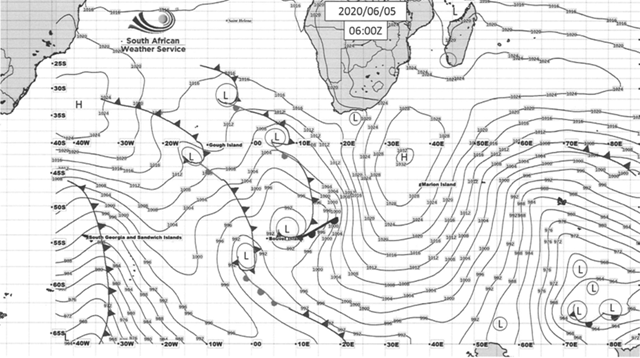
Synoptic charts for southern Africa for 15 July 2008 and June 5th 2020 representing the same exact conditions
In summary, South Africa’s prevailing winds are influenced by the large-scale weather patterns that have distinct characteristics between summer (left) and winter (right):
![clip_image001[8] clip_image001[8]](https://upto8000.files.wordpress.com/2020/08/clip_image0018.png?w=1018&h=625)
![clip_image002[8] clip_image002[8]](https://upto8000.files.wordpress.com/2020/08/clip_image0028.png?w=1018&h=625)
Summer Circulation
- The “westerlies” are situated well to the south of the continent.
- The Indian Ocean and Atlantic Ocean high pressure systems are situated more southward.
Summer winds
- The south-eastern Trades (A) influence the north-eastern part of the region. These winds can be strong, curving sometimes from Limpopo Province (N) into the Free State (F), or moving over far northern areas, such as Zimbabwe and Zambia (Z).
- In the west, the S. E. Trades (B) caused by ridging of South Atlantic High, are often strong and persistent.
- The strong westerlies are only able to influence the western, southern and south-eastern coastal areas and adjacent interior.
Winter Circulation
- All circulation features are situated more to the north than in summer.
- Strong winds and gusts during winter are usually caused by strong cold fronts, moving mostly over the southern half of South Africa, and also by the ridging of the high pressure systems behind the fronts.
Winter winds
- The “westerlies” influence the weather of the southern and central parts of the subcontinent to a large degree. Cold fronts often move over these areas and may reach far to the north.
- The strong westerlies are only able to influence the western, southern and south-eastern coastal areas and adjacent interior.
- When the Atlantic high pressure system moves more eastwards and stays strong, gale force winds can spread to the KwaZulu-Natal coast as far north as the Mozambique Channel.
Wind climatic zones in South Africa and general analysis of the strong wind hazard
None of the aforementioned climatic regions consider the prevailing winds as an explicit factor in the delineation of different zones.
The only attempt to divide South Africa into strong wind regions was undertaken by Goliger and Retief (2002), who identified geographic zones where various types of strong wind events are likely to be dominant. The recorded lightning activity, specific documented extreme weather events, the “Lemon Technique” (which serves as an aid to weather forecasters), as well as the knowledge of the relevant SAWS experts were used as the input information.
The Institute of Structural Engineering at Stellenbosch University and the Council for Scientific and Industrial Research (CSIR) are currently involved in the process of developing a set of new generation building design codes for South Africa. The wind climatic information, which is currently incorporated in the design specifications, is based on the statistical analysis of medium/long-term records from a very limited number of wind recording stations, mainly located in large cities. The South African Weather Service (SAWS), together with the above-mentioned institutions are in the process of determining a comprehensive statistical description of strong wind speeds and directions for South Africa, which will be based mainly on the available data measured by the SAWS.
By analyzing the annual extreme wind gust data from 94 weather stations, which are spatially well distributed over the South African territory, it was possible to develop the climatology of strong wind zones for South Africa. A map of the strong wind climatic zones can be described as a basic diagram indicating the spheres of influence of specific weather systems that are likely to cause strong winds. Therefore, some resemblances between a general climate region and a wind climate region can be found as mean precipitation, temperature, humidity and other climate variables are also, to a large degree, determined by the prevailing weather systems.
![clip_image001[10] clip_image001[10]](https://upto8000.files.wordpress.com/2020/08/clip_image00110.png?w=978&h=1053)
In this study the emphasis is on the weather systems which have the potential to cause very strong or extreme winds in a specific location, i.e., those climatic formations that are the usual causes of annual maximum wind gusts. In essence, we define a strong wind climatic zone in this study as a geographical area which indicates a type of weather system that has the potential to be the cause of an annual maximum wind gust.
![clip_image002[10] clip_image002[10]](https://upto8000.files.wordpress.com/2020/08/clip_image00210.png?w=979&h=1153)
On a separate project, the National Disaster Management Centre (NDMC) approached the South African Weather Service (SAWS) to quantify a relative windstorm hazard component to form one of three components that would comprise the national indicative risk and vulnerability profile for wind storms in South Africa, in compliance with legislative requirements relating to generating indicative risk and vulnerability profiles.
The requirements of the project were firstly to define a windstorm hazard and retrospectively assess the conditions that meet these requirements from a historical perspective. Based on these findings, the outputs would encompass a spatial output of windstorm risk in South Africa. In addition, the seasonal quantification of the wind hazard should include the risks associated with likelihood, frequency, magnitude and predictability, as defined by the NDMC. Following the analyses of the four factors, an overall relative risk should be determined, which incorporates or considers the mentioned factors. A further requirement was that the wind hazard be quantified on at least a resolution at local municipal scale. There are in excess of 200 local municipalities, and the project should allocate a relative wind hazard quantity to each of these geographical areas. It was considered that the analyses of the measured data would in most cases reflect the risk to the largest part of the population (i.e. in the more urbanised areas) residing in a particular local municipality. From the outset of the project it was agreed that the quantification of the wind hazard would be based on the statistical analyses of measured data, of which SAWS is the official custodian in South Africa.
The following figure presents the likelihood of a wind hazard, defined by the occurrence of a gust equal or higher than 20 m/s per season.
In general, most of South Africa exhibits a high probability of at least one incident of a wind gust of 20 m/s or higher, except for the northern and northeastern parts during autumn and winter. This is mostly because of the diminished probability of strong thunderstorms occurring in the summer rainfall regions during those seasons. In the central and southern parts of the country, there is a likelihood for strong thunderstorms during the summer months, as well as strong winds from cold fronts during winter, when strong northwesterly winds often occur before the passage of a cold front.
![clip_image003[8] clip_image003[8]](https://upto8000.files.wordpress.com/2020/08/clip_image0038.png?w=1306&h=968)
(a) Summer, (b) autumn, (c) winter, (d) spring
The next figure presents the frequency, defined as the estimated average number of days per season when the daily maximum wind gust is above 20 m/s.
During the summer months, the highest occurrences of strong wind gusts are estimated for the southwestern Cape, the Nelson Mandela metropole and the central Karoo, at 5 days or more per season. The northern and northeastern parts also show their highest frequency in summer because of strong thunderstorms, although only for about 1 or 2 days per season.
In autumn, the high frequencies in the southern and central regions are almost the same as in summer. However, in winter the Western Cape shows an increased frequency, resulting from the increased likelihood of strong frontal systems. This situation continues into spring, where the prevalence of strong southeasterlies increases over the southwestern parts. In the northern parts, the frequencies of strong wind gusts return to the summer situation.

The seasonal results of the overall relative wind hazard presented in the next figure show the following: A larger section of South Africa is subjected to very strong winds in summer and spring than during the other seasons of the year. In the south and southeast, the higher hazard categories are, as expected, more prevalent during winter and spring.
The central parts, e.g. central and southern Free State and northeastern Karoo experience high wind hazards during summer and spring, when strong northeasterly winds associated with troughs over the interior are prevalent, together with the increased likelihood of strong thunderstorms.
The northern and northeastern parts of the country show the same tendency toward higher wind hazards in summer and spring as in the central parts. However, the wind hazard in this region remains relatively low, with a highest category of 3 attained in some places during spring.

Wind data input from weather models
A general circulation model (GCM) is a type of climate model. It employs a mathematical model of the general circulation of a planetary atmosphere or ocean. These equations are the basis for computer programs used to simulate the Earth’s atmosphere or oceans. GCMs and global climate models are used for weather forecasting, understanding the climate, and forecasting climate change.
There are now many sources of “reanalysis” global wind data, where a weather model is re-run using all the data collated over the last 30-40 years to arrive at the data set.
This picture from the European Center for Medium Range Weather Forecasting (ECMWF) ERA Interim reanalysis, represents the annually averaged surface winds (10-meter Above Ground Level) across the world.
![clip_image001[12] clip_image001[12]](https://upto8000.files.wordpress.com/2020/08/clip_image00112.png?w=552&h=389)
A first segment of the ERA5 dataset is now available for public use (1979 to within 5 days of real time). ERA5 provides hourly estimates of a large number of atmospheric, land and oceanic climate variables. The data cover the Earth on a 30km grid and resolve the atmosphere using 137 levels from the surface up to a height of 80km. ERA5 includes information about uncertainties for all variables at reduced spatial and temporal resolutions.
ERA5 combines vast amounts of historical observations into global estimates using advanced modelling and data assimilation systems.
However, the general patterns shown by the GMC models do not capture regional phenomena that are at the meso scale.
![clip_image002[12] clip_image002[12]](https://upto8000.files.wordpress.com/2020/08/clip_image00212-2.png?w=240&h=151)
![clip_image003[10] clip_image003[10]](https://upto8000.files.wordpress.com/2020/08/clip_image00310-2.png?w=240&h=171)
![clip_image004[7] clip_image004[7]](https://upto8000.files.wordpress.com/2020/08/clip_image0047-2.png?w=240&h=185)
![clip_image005[7] clip_image005[7]](https://upto8000.files.wordpress.com/2020/08/clip_image0057-2.png?w=240&h=183)
Many countries around the World are running projects to downscale the data to be able to capture these effects.
The SAWEP and WASA project
The goal of the South African Wind Energy Program (SAWEP) is to reduce greenhouse gas emissions generated by thermal power in the national inter-connected system. SAWEP has six various expected outcomes including the implementation of a framework for wind energy, assessment of wind resources and promotion of commercial wind energy development. The wind resource assessment project is known as Wind Atlas for South Africa – WASA.
The main objective of WASA is to develop and employ numerical (modelled) wind atlas methods and to develop capacity to enable long term planning of large-scale exploitation of wind power in South Africa, including dedicated wind resource assessment and siting tools for planning purposes, i.e. verified with physical wind measurements numerical (modelled) wind atlas and database for South Africa.
Mesoscale models, which were develop for numerical weather prediction have since 1990’s increasingly been used, refined and validated in the calculation and development of numerical (modelled) wind atlases (Europe, Egypt, Canada, US, China, India, etc). It has been shown that by utilizing appropriate meso- and micro scale models, it is possible to calculate and develop wind atlases covering large geographical areas in much less time and cost as it extends the wind atlas beyond physical wind monitoring. However, physical wind monitoring is still required to verify the numerical wind atlas. The meso-scale model uses a variety of global, geophysical and meteorological databases such as the reanalysis database which is a gridded historical weather data set produced by the US National Centers for Environmental Prediction (NCEP) and Atmospheric Research (NCAR) to calculate regional wind atlases and presented in a numerical wind atlas.
Incorporating surface effects such as local topography, roughness, obstacles etc., called microscale modelling (high resolution), enables the estimation of the local wind climates and the identification of wind hot spot areas for wind farm planning, layout and wind resource assessment.
The WASA Phase 1 project covers the Western Cape province and parts of the Northern Cape and Eastern Cape provinces, and its main outcomes are:
- Numerical Wind Atlas (NWA) and database for the modelled areas in the three provinces, including seasonal variations and resource maps prepared for introduction as GIS layer.
- Micro scale resource map and database for 30-50% of the modelled areas
- Map and database of extreme wind climate of the modelled areas
![clip_image001[14] clip_image001[14]](https://upto8000.files.wordpress.com/2020/08/clip_image00114.png?w=610&h=480)
The WASA Large-Scale High-Resolution Wind Resource Map available at http://www.wasaproject.info/ shows detailed information of the surface wind across South Africa such as mean surface wind speed that assists planners, wind farm developers and others to identify areas for wind exploration.
![clip_image002[14] clip_image002[14]](https://upto8000.files.wordpress.com/2020/08/clip_image00214.png?w=1276&h=819)
What wind information does the atlas contain?
- Wind speeds
- Wind directions
- Frequency of wind conditions
![clip_image003[12] clip_image003[12]](https://upto8000.files.wordpress.com/2020/08/clip_image00312.png?w=960&h=315)
A product of the WASA project: a wind resource map of Overstrand overlaid onto a Google Earth image
WRF Wind Forecast for South Africa
The Weather Research and Forecasting (WRF) model is a numerical weather forecast model designed to serve both operational forecasting and atmospheric research.
The two numerical wind atlases developed for the Wind Atlas for South Africa (WASA) project were created using the KAMM-WAsP method and from the output of climate-type simulations of the Weather, Research and Forecasting (WRF) model, respectively.
A document from the DTU Library available for download from orbit.dtu.dk compares the results from the Numerical Wind Atlases (NWA) produced by the KAMM-WAsP with that produced with the WRF method, and verifies the two wind atlases from the two methods against the observed wind atlas (OWA) generated from wind observations from the 10 WASA masts.
The KAMM-WAsP method was found to underestimate the generalized mean wind speeds at the sites (mean bias of 8.2% and mean absolute bias of 9.3%). In the WRF-based method there is, on average, a difference of 4.2% (either positive or negative) between the WRF-based NWA results and the corresponding observed values.
WM05 Observed wind atlas
![clip_image001[18] clip_image001[18]](https://upto8000.files.wordpress.com/2020/08/clip_image00118.png?w=392&h=258)
WRF-based NWA
![clip_image002[18] clip_image002[18]](https://upto8000.files.wordpress.com/2020/08/clip_image00218.png?w=392&h=260)
The verification tasks have shown that the WRF-based NWA gives excellent results at the 10 measurement mast locations. Not only are the annual mean wind speeds accurate but the distribution of the directions and wind speeds are also represented very well.
Within WASA, WRF it is used in an experimental mode to forecast wind speeds and directions over South Africa. Graphical representations of the fields generated by this model are presented in the links available at veaonline.risoe.dk
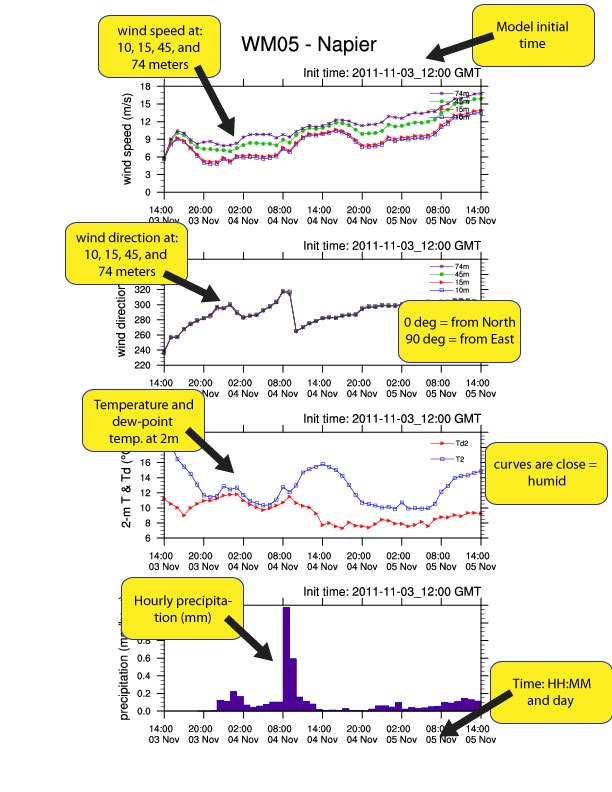
Verification is done against data from the 10 WASA met stations.
WRF models used by Windguru
Windguru is a service specialized in forecasting weather, mostly for windsurfers and kitesurfers but widely used by paragliding pilots in South Africa. Forecasts are based on data produced by weather forecast models including the aforementioned WRF models.
Windguru is running WRF model for most Europe and Mediterranean. South Africa, Canary Islands, Madeira and part of Morocco’s Atlantic coast are also covered by WRF with 9 km resolution. Another smaller WRF 9 km resolution domain covers Northern Red Sea with popular spots in Egypt, and also Israel, Lebannon and south of Cyprus. It also provides WRF 9 km forecasts for East Asia, this domain covers Japan, Korea, Taiwan and east China. Argentina, Chile and Uruguay are covered by WRF 12 km.
The initial and boundary conditions come from GFS. If everything goes smooth WRF updates 4 times per day and produce forecast for 78 hours to the future in 1 hour step.
Forecasts include wind speed and direction, wind gusts, temperature, total cloud cover and precipitation.
The highest resolution model we are running now is 3 km. Such a high resolution requires massive computing so the covered area can’t be very large. WRF with 3 km covers Czech republic, forecasts are for next 48 hours and update 4 times per day. Another small 3 km domain covers one of the most famous areas for wind & kitesurfing in Europe – Tarifa / Strait of Gibraltar.
There are 2 groups of forecast models available on Windguru, each with different availability to free and PRO users. WRF models including the WRF with 9 km resolution for South Africa are available for subscribers only but as we discussed before, the WASA project has found the distribution of the directions and wind speeds to represented very well in this model.
![clip_image004[9] clip_image004[9]](https://upto8000.files.wordpress.com/2020/08/clip_image0049.png?w=1609&h=985)


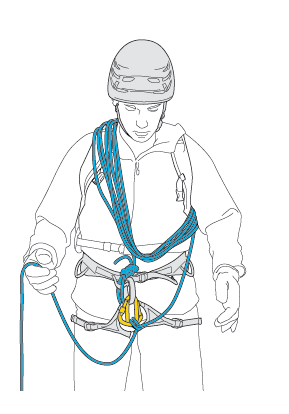
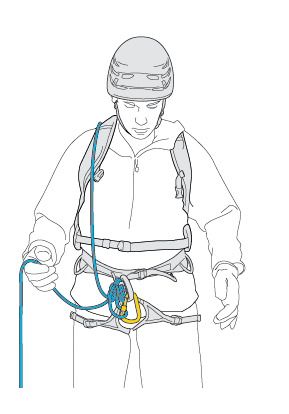










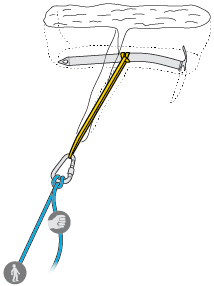
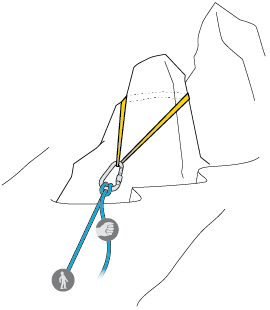



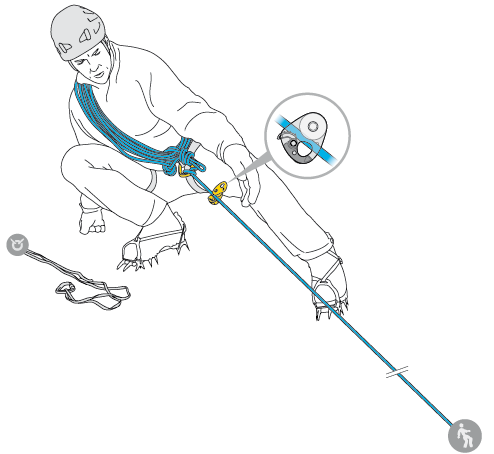

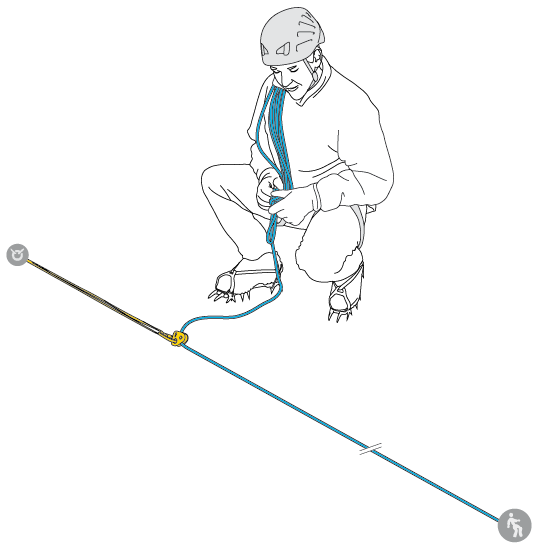

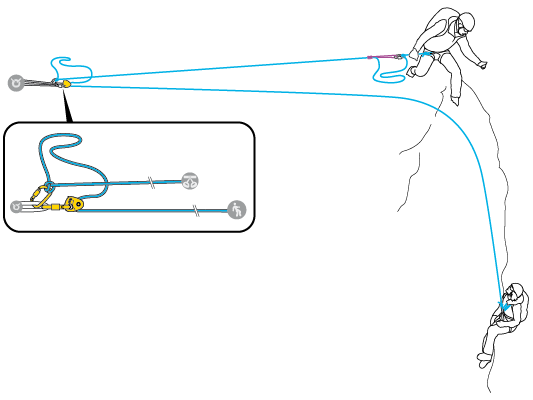
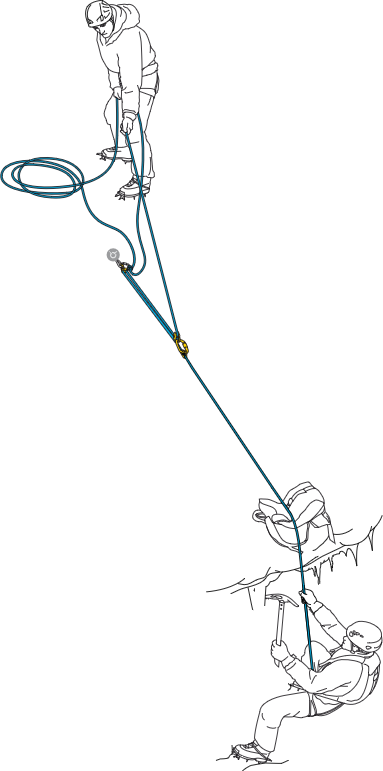
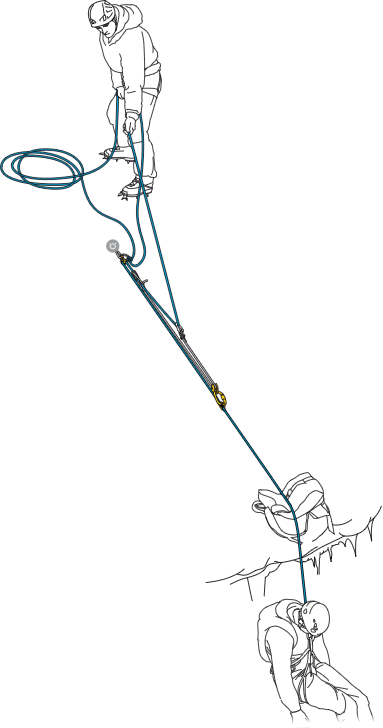

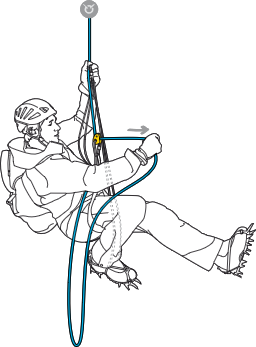










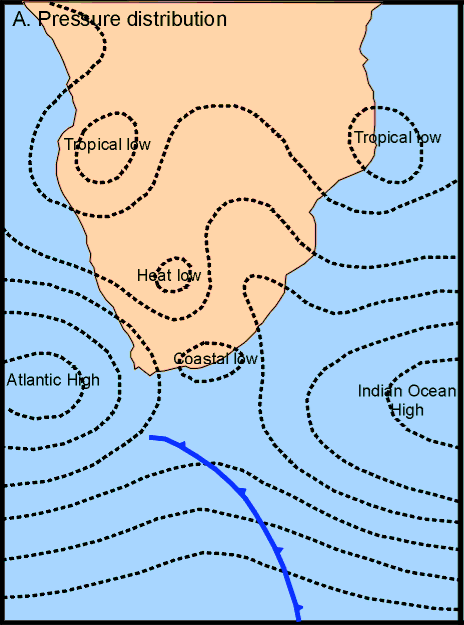
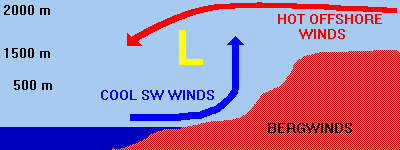


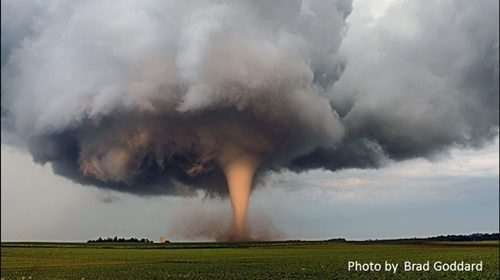
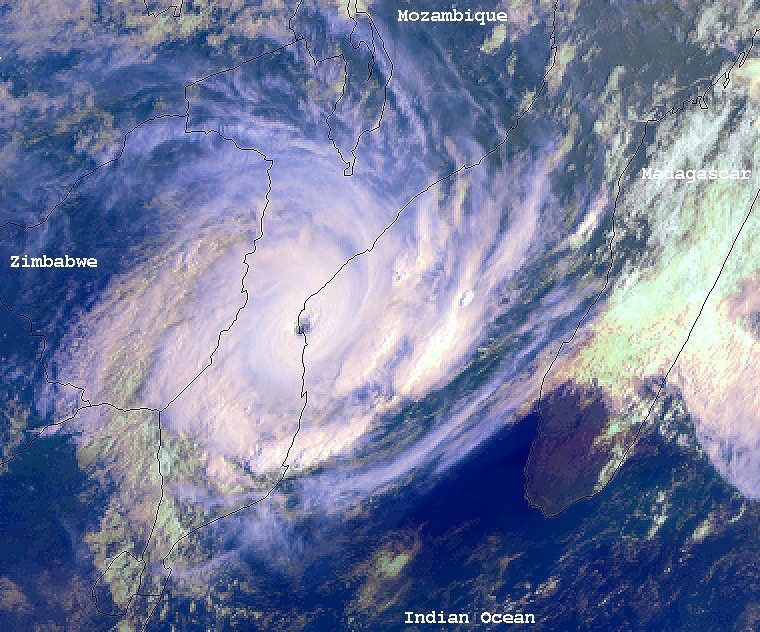


![clip_image001[6] clip_image001[6]](https://upto8000.files.wordpress.com/2020/08/clip_image0016.png?w=1018&h=625)


![clip_image001[8] clip_image001[8]](https://upto8000.files.wordpress.com/2020/08/clip_image0018.png?w=1018&h=625)
![clip_image002[8] clip_image002[8]](https://upto8000.files.wordpress.com/2020/08/clip_image0028.png?w=1018&h=625)
![clip_image001[10] clip_image001[10]](https://upto8000.files.wordpress.com/2020/08/clip_image00110.png?w=978&h=1053)
![clip_image002[10] clip_image002[10]](https://upto8000.files.wordpress.com/2020/08/clip_image00210.png?w=979&h=1153)
![clip_image003[8] clip_image003[8]](https://upto8000.files.wordpress.com/2020/08/clip_image0038.png?w=1306&h=968)


![clip_image001[12] clip_image001[12]](https://upto8000.files.wordpress.com/2020/08/clip_image00112.png?w=552&h=389)
![clip_image002[12] clip_image002[12]](https://upto8000.files.wordpress.com/2020/08/clip_image00212-2.png?w=240&h=151)
![clip_image003[10] clip_image003[10]](https://upto8000.files.wordpress.com/2020/08/clip_image00310-2.png?w=240&h=171)
![clip_image004[7] clip_image004[7]](https://upto8000.files.wordpress.com/2020/08/clip_image0047-2.png?w=240&h=185)
![clip_image005[7] clip_image005[7]](https://upto8000.files.wordpress.com/2020/08/clip_image0057-2.png?w=240&h=183)
![clip_image001[14] clip_image001[14]](https://upto8000.files.wordpress.com/2020/08/clip_image00114.png?w=610&h=480)
![clip_image002[14] clip_image002[14]](https://upto8000.files.wordpress.com/2020/08/clip_image00214.png?w=1276&h=819)
![clip_image003[12] clip_image003[12]](https://upto8000.files.wordpress.com/2020/08/clip_image00312.png?w=960&h=315)
![clip_image001[18] clip_image001[18]](https://upto8000.files.wordpress.com/2020/08/clip_image00118.png?w=392&h=258)
![clip_image002[18] clip_image002[18]](https://upto8000.files.wordpress.com/2020/08/clip_image00218.png?w=392&h=260)

![clip_image004[9] clip_image004[9]](https://upto8000.files.wordpress.com/2020/08/clip_image0049.png?w=1609&h=985)



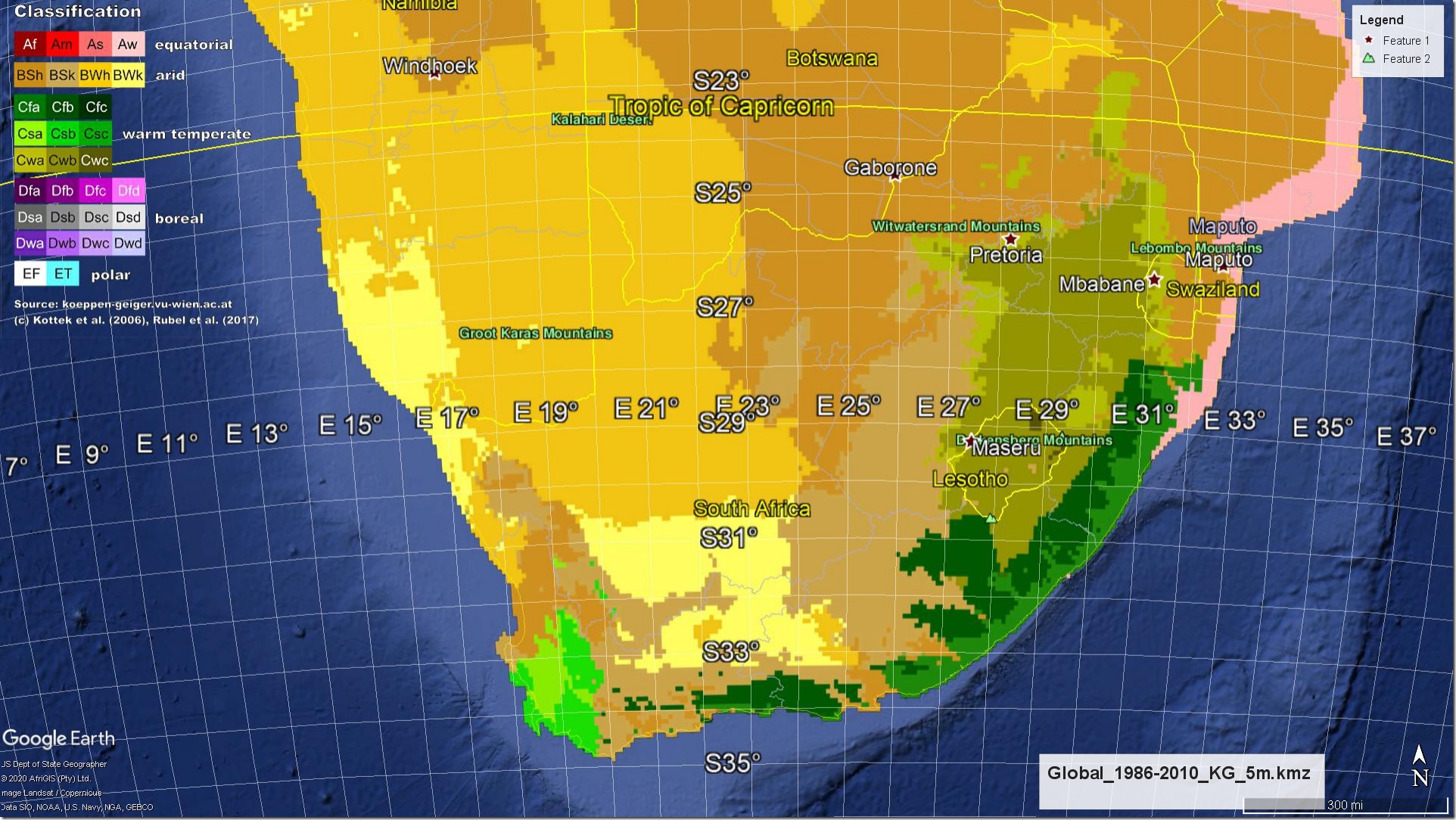
![clip_image001[9] clip_image001[9]](https://upto8000.files.wordpress.com/2020/08/clip_image0019_thumb-2.png?w=240&h=160)

![clip_image001[5] clip_image001[5]](https://upto8000.files.wordpress.com/2020/08/clip_image0015_thumb.jpg?w=280&h=190)
![clip_image002[6] clip_image002[6]](https://upto8000.files.wordpress.com/2020/08/clip_image0026_thumb.png?w=280&h=195)